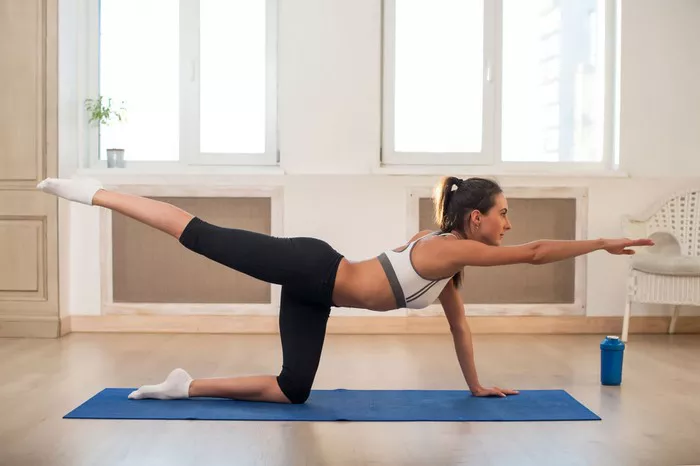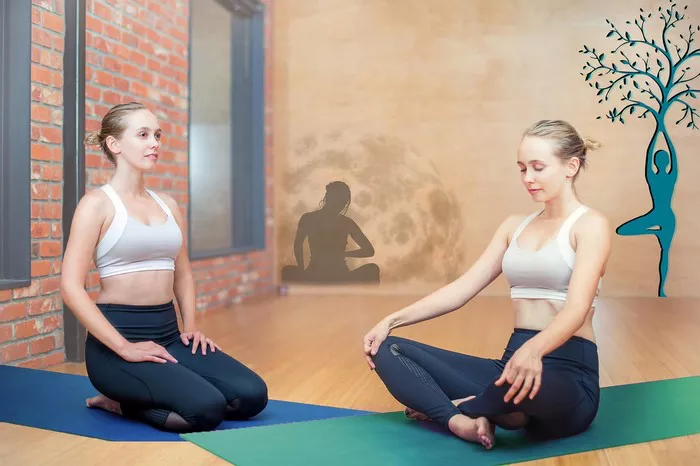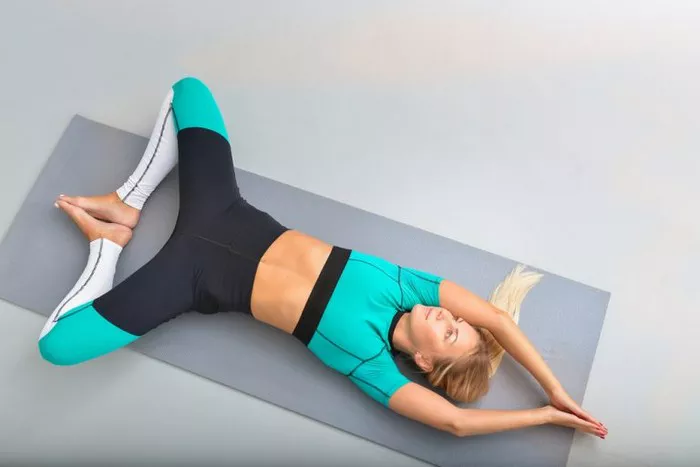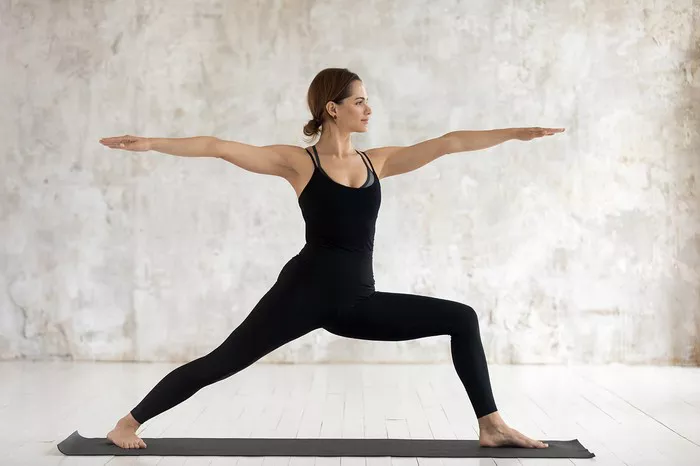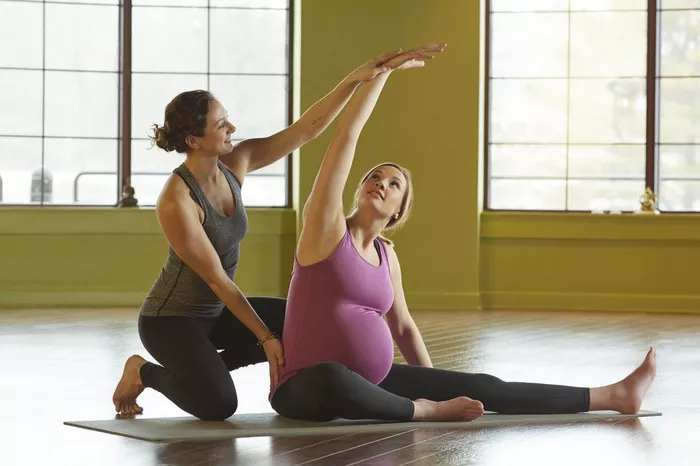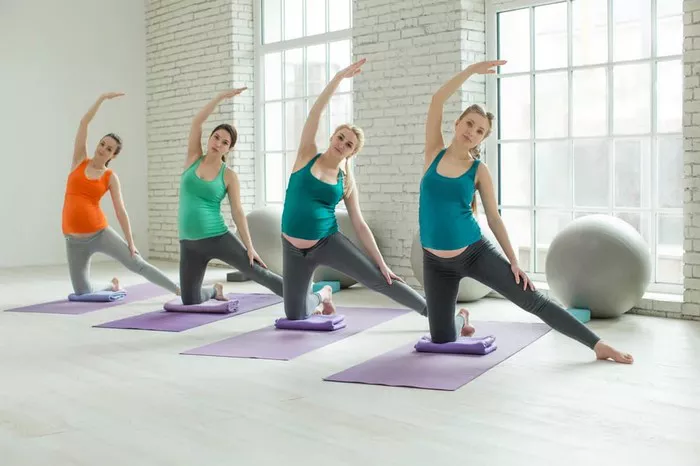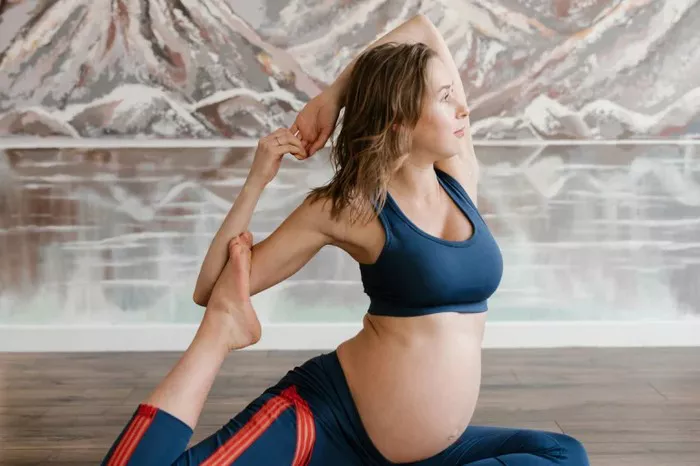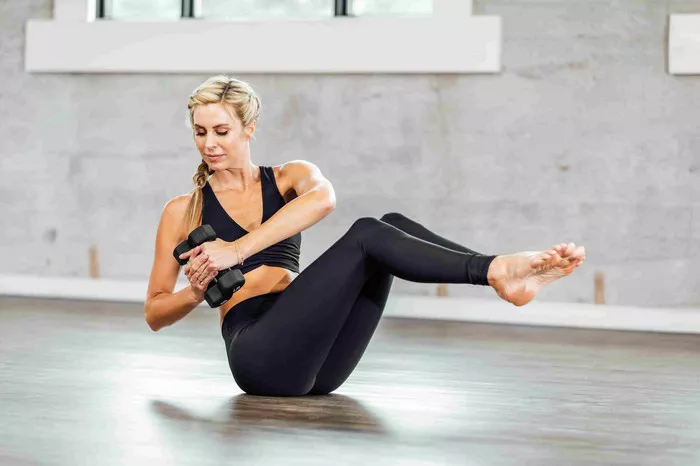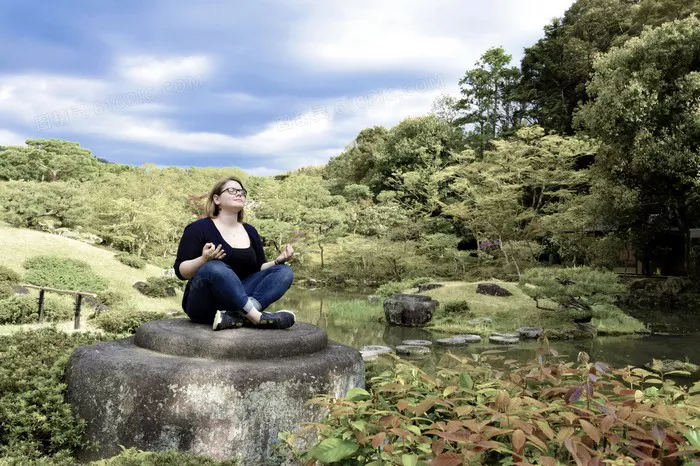Sudarshan Kriya Yoga (SKY) is a powerful and transformative breathing technique developed by Sri Sri Ravi Shankar, the founder of the Art of Living foundation. Known for its ability to enhance mental clarity, physical health, emotional well-being, and spiritual growth, Sudarshan Kriya has gained popularity worldwide. It combines various breathing techniques, rhythmic breathing patterns, and postures to restore the body’s natural balance and bring inner peace. In this article, we will discuss the posture and other key elements of Sudarshan Kriya Yoga to help you understand its profound impact.
The Basics of Sudarshan Kriya Yoga
Before diving into the specific postures associated with Sudarshan Kriya, it’s important to first understand the foundational principles of this practice. Sudarshan Kriya is designed to work on the mind, body, and spirit by combining specific techniques that harmonize the autonomic nervous system. This practice utilizes:
Pranayama (Breathing Techniques): Sudarshan Kriya employs a series of controlled breathing exercises that affect both the physical body and the mind. It is rooted in ancient yogic traditions, where different breathing patterns were used to promote healing and consciousness expansion.
Kriya: A Sanskrit term meaning “action,” Kriya refers to a systematic sequence of exercises designed to purify the body and mind. Sudarshan Kriya specifically uses cyclical rhythms of breath to cleanse the system and release mental tension.
Meditation and Relaxation: Sudarshan Kriya is often followed by a period of meditation, where practitioners focus inward to calm the mind and deepen their awareness of the present moment.
Sudarshan Kriya is typically performed in a seated position, but the specific posture can vary depending on the level of comfort and the individual’s ability. The breathwork and rhythmic practices are designed to activate the parasympathetic nervous system, leading to reduced stress and heightened mental clarity.
Health Benefits of Sudarshan Kriya Yoga
The benefits of Sudarshan Kriya are numerous and widely documented. Some of the key effects include:
Reduced Stress and Anxiety: Sudarshan Kriya helps lower the levels of cortisol (the stress hormone) in the body, creating a sense of calm and relaxation.
Improved Mental Clarity: The practice helps clear mental fog, sharpen concentration, and improve focus.
Better Emotional Health: Sudarshan Kriya assists in releasing suppressed emotions, leading to improved emotional balance.
Enhanced Physical Health: Regular practice is believed to improve sleep quality, boost energy levels, and strengthen the immune system.
Spiritual Growth: The technique brings practitioners closer to a sense of inner peace and spiritual connection, fostering a deeper sense of fulfillment.
The Posture for Sudarshan Kriya Yoga
One of the first questions that arise when beginning Sudarshan Kriya Yoga is: What is the best posture for performing this practice? While the posture itself is not as important as the quality of the breathing and mental focus, there are guidelines to ensure you are in the best position to experience the full benefits of the practice.
Seated Position
Sudarshan Kriya is typically practiced in a seated position. The ideal posture is one that promotes a straight spine, encourages natural breathing, and minimizes discomfort. Below are key aspects of this posture:
Cross-Legged Sitting (Padmasana or Sukhasana)
Padmasana (Lotus Pose) is often considered the most ideal posture in yoga. In this posture, you sit with your legs crossed, and your feet rest on the opposite thighs, with the soles of the feet facing upward. However, for many practitioners, Padmasana can be challenging, particularly for beginners. If this is the case, Sukhasana (Simple Cross-Legged Pose) is a suitable alternative. In Sukhasana, you simply cross your legs comfortably and keep your knees close to the floor.
Benefits of Cross-Legged Posture:
This position helps in maintaining the alignment of the spine.
It encourages an open chest, allowing deeper, more efficient breathing.
The seated posture can also aid in grounding, promoting focus and awareness during the practice.
Sitting on a Cushion or Block
If sitting on the floor in a cross-legged position feels uncomfortable, placing a cushion or yoga block under your hips can be a great way to elevate the pelvis. This will make it easier to keep the spine straight without straining. The added elevation allows the knees to relax downward, reducing pressure on the hips.
Benefits of Elevation:
Prevents slouching or rounding of the spine.
Eases tension in the lower back and hips.
Provides a comfortable foundation for longer practice sessions.
Chair Posture (For Those with Mobility Issues)
For individuals with physical limitations or those who cannot sit on the floor, practicing Sudarshan Kriya while sitting in a chair is perfectly acceptable. The same principles of a straight spine and relaxed shoulders apply.
Chair Setup:
Sit with both feet flat on the floor, knees at a 90-degree angle.
Avoid leaning back in the chair; instead, keep your spine upright and shoulders relaxed.
Place your hands gently on your thighs, palms facing upward, which is a common gesture to receive energy.
Straight Spine and Relaxed Shoulders
Regardless of which sitting position you choose, one of the most crucial elements of the Sudarshan Kriya posture is to maintain a straight spine. This is key for proper breath flow and to prevent any strain or discomfort during practice.
Straight Spine: Imagine that your spine is lengthening upwards, from the base of your tailbone to the crown of your head. The spine should feel aligned and naturally upright. Avoid arching or slouching your back.
Relaxed Shoulders: Keep your shoulders relaxed, away from your ears. Tension in the shoulders can hinder deep breathing, so focus on releasing any tightness in the upper body.
Chin Parallel to the Ground: The head should be in a neutral position, with the chin parallel to the floor. Avoid tilting the head forward or backward.
Hands and Arm Placement
While the hands and arms don’t play a central role in the actual breathing process of Sudarshan Kriya, their placement can contribute to a calm, centered, and open state of mind.
Resting the Hands on the Thighs: In most practices, the hands rest gently on the thighs with the palms facing upwards. This gesture, known as Jñana Mudra (the gesture of knowledge), symbolizes receptivity and openness to the energy around you.
Relaxed Fingers: The fingers should be relaxed, with the fingertips lightly touching the pads of the thumb (optional). This creates a subtle circuit of energy that aids in the flow of energy during the practice.
Eyes and Focus
Although Sudarshan Kriya is primarily about breathing, mental focus plays an essential role in achieving its full benefits. During the practice, your eyes should be gently closed to minimize distractions. If keeping your eyes closed is difficult at first, you may prefer to keep a soft gaze, focusing on a point in front of you.
Breath Awareness
Since Sudarshan Kriya is primarily a breathing practice, it’s vital to maintain a constant awareness of your breath throughout the session. As you begin, observe the natural rhythm of your breath. With practice, your breath will become deeper and more controlled.
The Role of Breathing in Sudarshan Kriya Yoga
Sudarshan Kriya involves a series of rhythmic breathing exercises, with each breath pattern having a specific effect on the body and mind. These include:
Ujjayi Breathing: A slow, deep breathing technique that helps calm the mind and increase awareness. It is often used in yoga practices to enhance focus.
Bhastrika: Known as the “bellows breath,” this technique involves rapid inhalations and exhalations to oxygenate the body and clear energy blockages.
Sudharshan Kriya Breathing: The hallmark of the practice, Sudarshan Kriya uses a cyclic breathing pattern to release accumulated stress and tension from the mind and body.
Conclusion
The posture in Sudarshan Kriya Yoga is fundamental in facilitating deep breathing, mental clarity, and relaxation. Whether you choose to sit cross-legged on the floor or sit in a chair, maintaining a straight spine, relaxed shoulders, and focused breath will ensure that you can fully benefit from this practice. The ultimate goal is not to be rigid in the posture but to find comfort, stillness, and balance, allowing the mind and body to align in harmony. With regular practice of Sudarshan Kriya, you’ll experience not only physical relaxation but also a deeper sense of mental and emotional balance.
Related Topics:

